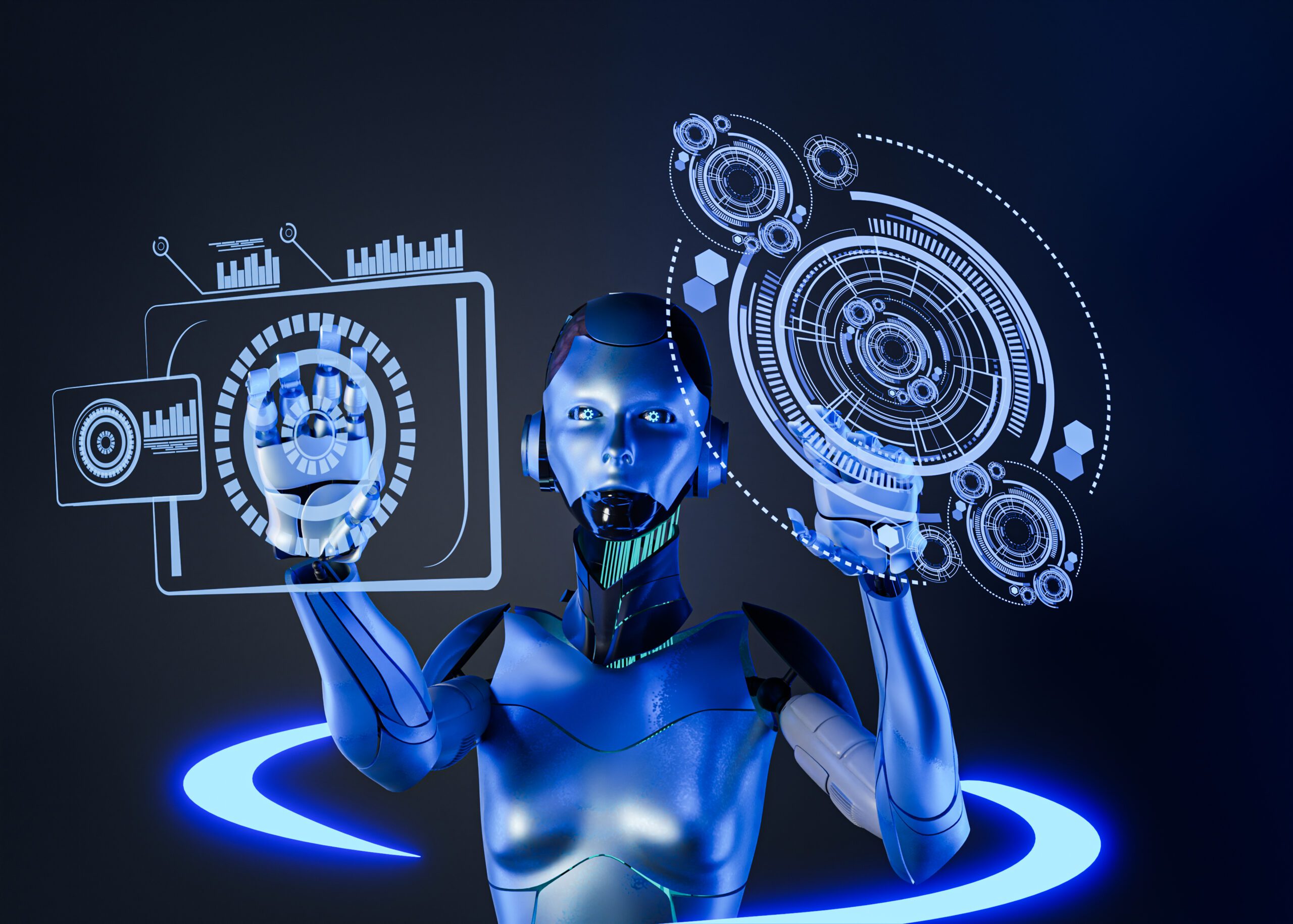Artificial Intelligence (AI) has rapidly evolved from a theoretical concept to a pervasive force that shapes various industries and aspects of our daily lives. With the proliferation of AI applications, several AI types or paradigms have emerged, each offering unique capabilities and use cases. In this article, we will explore the most commonly used AI types in the real world and examine their impact across diverse sectors.

- Narrow or Weak AI:
Narrow AI, also known as Weak AI, is the most prevalent AI type in practical applications today. As the name suggests, Narrow AI is designed to perform specific tasks or solve particular problems with high proficiency. These AI systems excel at their predefined tasks but lack the ability to generalize their knowledge to other domains.
Examples of Narrow AI abound in our daily lives:
a) Virtual Assistants: Virtual assistants like Siri, Alexa, and Google Assistant have become commonplace in households and workplaces. They use Natural Language Processing (NLP) and Speech Recognition to understand and respond to voice commands, perform web searches, set reminders, and control smart home devices.
b) Recommendation Systems: Online platforms, such as streaming services, e-commerce websites, and social media, employ recommendation systems to provide personalized content and product recommendations based on user behavior and preferences. These systems leverage machine learning algorithms to analyze user data and deliver tailored experiences.
c) Image and Speech Recognition: AI-powered image and speech recognition systems are widely used in applications like facial recognition for authentication, medical image analysis for diagnostics, and transcription services for converting spoken language into text.
Narrow AI’s prevalence is driven by its practicality and ability to deliver tangible benefits in specific domains. Since these AI systems focus on well-defined tasks, they can be optimized for efficiency and accuracy.
- Natural Language Processing (NLP) and Language Models:
Natural Language Processing is a specialized branch of AI that enables machines to understand, interpret, and generate human language. In recent years, language models, particularly those based on deep learning, have gained significant attention and usage.
a) Transformer-Based Models: Transformer-based language models, like BERT (Bidirectional Encoder Representations from Transformers) and GPT (Generative Pre-trained Transformer), have revolutionized NLP tasks. These models leverage large-scale training on vast datasets to achieve remarkable results in tasks like sentiment analysis, language translation, and text generation.
b) Chatbots and Conversational AI: AI-powered chatbots are extensively used for customer support, virtual assistants, and interactive customer engagement. These chatbots can hold natural-language conversations, answering inquiries and resolving issues in real-time.
c) Language Translation: AI-driven language translation tools, such as Google Translate, have simplified communication across languages and cultures, facilitating global collaboration and understanding.
- Computer Vision:
Computer Vision is an essential AI type that allows machines to interpret and understand visual information from the world. AI-powered computer vision systems are employed in various industries for tasks like image recognition, object detection, and autonomous navigation.
a) Image Recognition: AI models for image recognition can identify objects, scenes, and patterns within images, making them valuable in applications like security surveillance, quality control in manufacturing, and medical image analysis.
b) Object Detection: AI systems capable of object detection are used in autonomous vehicles, robotics, and augmented reality to detect and track objects in real-time.
c) Facial Recognition: Facial recognition technology has found applications in authentication systems, law enforcement, and personalized customer experiences.
- Robotics and Autonomous Systems:
AI is at the core of developing robotics and autonomous systems that can interact with the physical world and perform tasks without human intervention.
a) Autonomous Vehicles: AI-driven technologies enable self-driving cars to navigate roads, avoid obstacles, and make real-time decisions based on sensor data, paving the way for a future of safer and more efficient transportation.
b) Drones: AI-powered drones can perform tasks like surveillance, environmental monitoring, and delivery services with increasing levels of autonomy and precision.
c) Industrial Robotics: AI-driven robots are employed in manufacturing and logistics to handle complex tasks with speed and precision, leading to improved productivity and efficiency.
- Reinforcement Learning and Game Playing:
Reinforcement Learning is a type of machine learning where AI agents learn by interacting with an environment and receiving feedback in the form of rewards or penalties based on their actions. Reinforcement learning has gained significant attention through its application in game playing.
a) Game Playing: AI models, particularly Deep Reinforcement Learning algorithms, have achieved remarkable success in playing complex games like chess, Go, and video games. The famous victory of AlphaGo against world champion Lee Sedol in 2016 exemplifies the capabilities of AI in mastering strategic games.
Conclusion:
Among the various AI types, Narrow or Weak AI stands out as the most commonly used in practical applications today. Virtual assistants, recommendation systems, and image recognition tools are just a few examples of the vast array of Narrow AI applications that have become an integral part of our lives.
However, the landscape of AI is continually evolving, and other AI types like Natural Language Processing and Computer Vision are rapidly gaining ground. As AI research and development progress, we can expect to see further advancements in autonomous systems, robotics, and game playing.
The widespread adoption of AI across diverse industries demonstrates its potential to transform the way we live, work, and interact with technology. As AI continues to advance, responsible and ethical development, as well as addressing potential biases and societal impacts, will be crucial in harnessing AI’s full potential for the benefit of humanity.